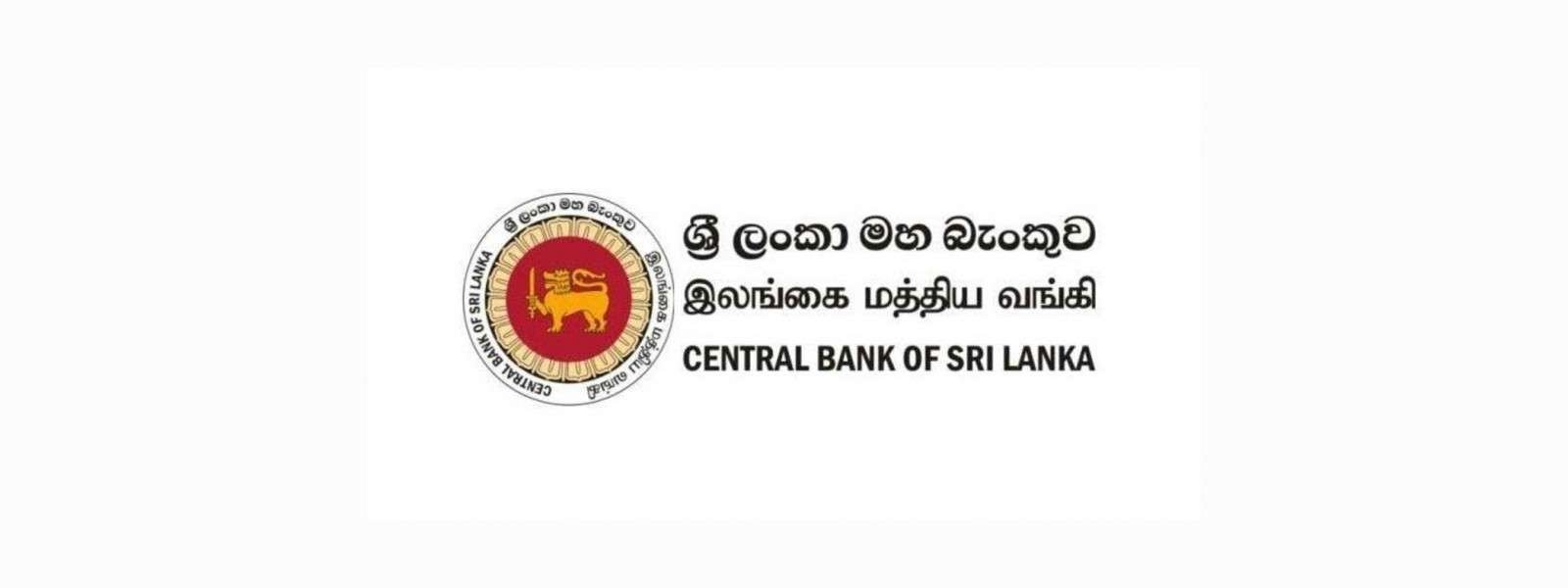
Sri Lanka’s Inflation to Stay Below 5% Target in Near Term
The Central Bank of Sri Lanka says that headline inflation is expected to remain well below the targeted level of 5 per cent (year-on-year) in the near term, and gradually stabilise around the targeted level over the
medium term.
It added that following a temporary rise in early 2024, headline inflation declined notably thereafter due to reductions in energy prices, a slowdown in food inflation, and subdued demand conditions.
This was revealed in the Central Bank's second Monetary Policy Report for 2024, released yesterday.
According to the latest forecasts, year-on-year headline inflation is anticipated to experience a deceleration in the next few months, possibly driving quarterly average inflation levels during the near term to be below the inflation target of 5 per cent by more than 2 percentage points as defined in the Monetary Policy Framework Agreement (MPFA).
Headline inflation is anticipated to record its lowest level in the projected horizon in early 2025, during which the statistical base effects, mainly due to the Value Added Tax (VAT) increases in early 2024, are expected to drive inflation down, amidst subdued momentum.
At the same time, lower price levels due to the recent electricity tariff revisions could lead to a temporary increase in inflation towards the second half of 2025, as year-on-year inflation would be calculated with reference to a relatively low statistical base, while a possible faster increase in global food prices, the impact of possible gradual depreciation of the Sri Lanka rupee against the US dollar, and the demand impact due to the gradual recovery of the economy could also reinforce this inflationary behaviour.
However, it is anticipated to be temporary, as the statistical base effect, which is the main cause of the uptick in inflation in late 2025, is expected to gradually normalise afterwards.
Over the medium term, headline inflation is expected to eventually stabilise around the targeted level of 5 per cent and remain around that level, supported by appropriate policy measures and the normalisation of global oil and food inflation.

